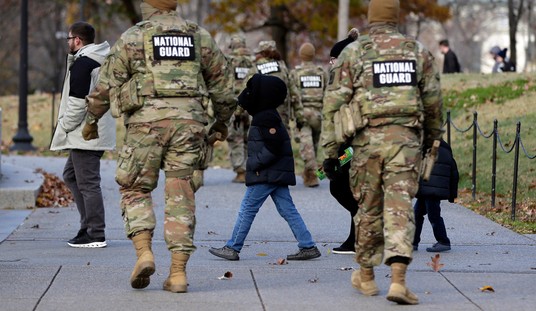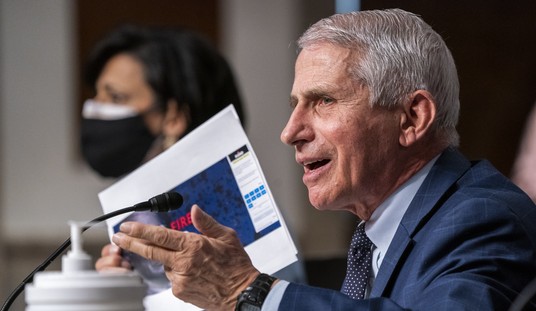Now I’m really confused. All day long, from congressional testimony to a televised appearance on CNN to interviews with print reporters, U.S. nuclear chief Gregory Jaczko has insisted that radiation levels at the plant are “extremely high.” Not only that, but he reaffirmed for ABC tonight that his staffers on the ground at Fukushima say there’s no water left in the cooling pools for spent fuel rods at reactor four, which means there should be a constant dose of radiation spewing out at the plant. In fact, he went this far earlier:
On Wednesday night, Mr. Jaczko reiterated his earlier statement and added that commission representatives in Tokyo have confirmed that the pool is empty. He said Tokyo Electric and other officials in Japan have confirmed that, and also stressed that high radiation fields are going to make it very difficult to continue having people work at the plant…
While radiation levels at the plant have varied tremendously, Mr. Jaczko said that the peak levels reported there “would be lethal within a fairly short period of time.” He added that another spent fuel pool, at Reactor No. 3, may also be losing water and could soon be in the same condition. Japanese efforts to pour in water by dumping it from helicopters were suspended, for fear that the helicopter crews would receive too large a dose of radiation.
Those helicopter runs have now restarted; CNN’s airing footage from Japanese TV of one dumping water on the plant via a fly-by as I write this. A retired nuclear engineer tells WaPo that spent fuel rods being exposed to the air is “unprecedented” and could only happen if severe structural damage has occurred — a very possible scenario under the circumstances. And yet, and yet, if all that’s true, how on earth can this be possible?
The level of radiation detected at the Tokyo Electric Power Co Fukushima plant has fallen steadily over the past 12 hours, an official at Japan’s Nuclear and Industrial Safety Agency said on Thursday.
A level of 752 microsieverts per hour was recorded at the plant’s main gate at 5 p.m. (0800 GMT) on Wednesday, said the official, Tetsuo Ohmura. The monitoring point was then changed to the plant’s west gate and readings were taken every 30 minutes, he said. At 5 a.m. the reading was 338 microsieverts per hour.
Those levels aren’t even considered dangerous. My ignorance of this subject is on full display here, but shouldn’t that be impossible under Jaczko’s scenario? Assuming Japanese officials are telling the truth (which is a big assumption), there’s no way spent fuel rods melting in the open air should produce lower levels of radiation, right? Either he’s wrong or they’re lying. Or, I suppose, it’s possible that he was right but the facts on the ground have since changed yet again and there’s now water in the cooling ponds. Somehow.
In case you’re wondering, yes, the U.S. military is now on the scene and assisting with drone observation of the reactors — and maybe with something else. Exit question: Is it really true that the military has developed a drug that … blocks radiation? What?
Update: If you’re wondering why Jaczko et al. are suddenly contradicting the Japanese publicly, it’s because they’re freaked out by how few workers are still at the plant.
Any volunteers for a “suicide mission”?
“It would be hard to describe how alarming this is right now,” one U.S. official told ABC News…
“We are all-out urging the Japanese to get more people back in there to do emergency operation there, that the next 24 to 48 hours are critical,” the official said. “Urgent efforts are needed on the part of the Japanese to restore emergency operations to cool” down the reactors’ rods before they trigger a meltdown.
“They need to stop pulling out people—and step up with getting them back in the reactor to cool it. There is a recognition this is a suicide mission,” the official said…
Chu’s assessment is in line with views expressed by many experts, some of whom even believe the Japan crisis could be worse than the 1986 Chernobyl nuclear disaster in Ukraine that left hundreds sick and killed several from radiation.
One official tells ABC that the amount of radiation released could render the surrounding area deadly for “decades.”









Join the conversation as a VIP Member